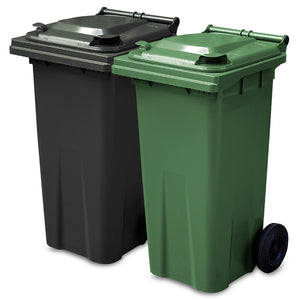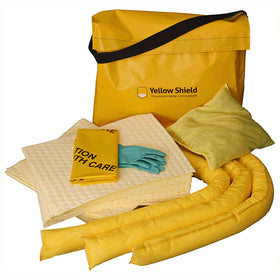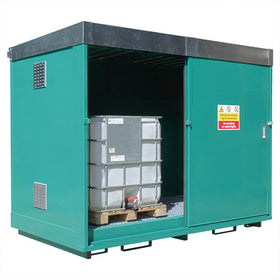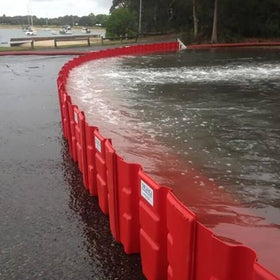Bunded tank repair services
Every industrial site has a duty to inspect the liquid containing tanks they use on a regular basis, to check for signs of aging, wear and tear or even leaks. A leaking tank can cause significant damage to the environment, which at the least can earn you a hefty fine and at the most cause serious injury to a member of your workforce.
You can of course replace any old tanks with new, but there is another more cost-effective solution available.
Tank repair
Bunded tank repair and relining can be carried out quite successfully in many instances, negating the need for the removal or disposal of your old tank and all the associated repiping work. In fact, just having your tank refurbished could save you around 80% of the cost of replacing the tank with a similar vessel.
One of the most common types of tank repair is called a Glass Reinforced Plastic (GRP) system. In this method of repair a primer coat of resin is applied to the tank before one or two layers of strand matting are added. A chemical tissue veil is then added to the tank surface before a resin wash coat and then a final top coat is added.
Tank repair is a perfect solution when the removal of a tank from an inaccessible area is impossible.




